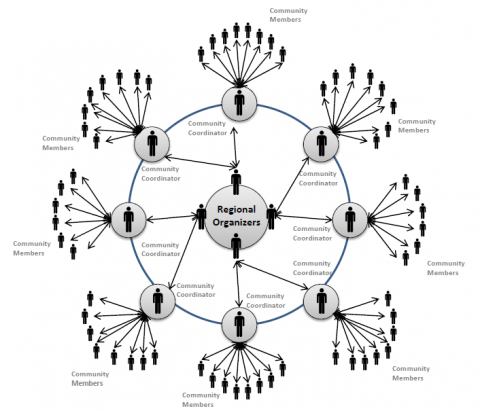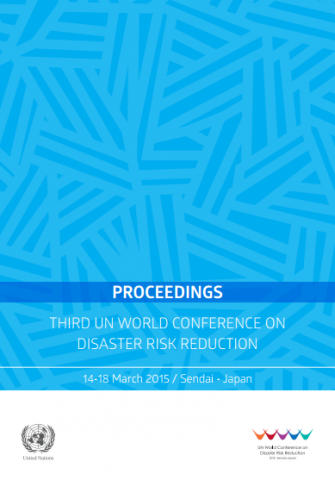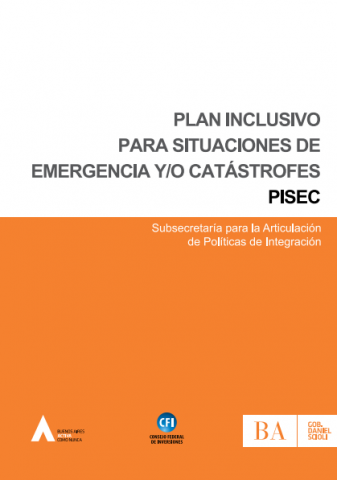Haiti Recovering, Improving, 3 Years After Quake
Since the earthquake, the World Bank has significantly increased its support for Haiti, allocating half a billion dollars from the IDA Crisis Response Window. Some of that money is going to housing, while other efforts focus on reducing vulnerability to disaster, improving infrastructure and access to services, and developing the private sector, while also strengthening […]
Haiti Recovering, Improving, 3 Years After Quake Read More »



